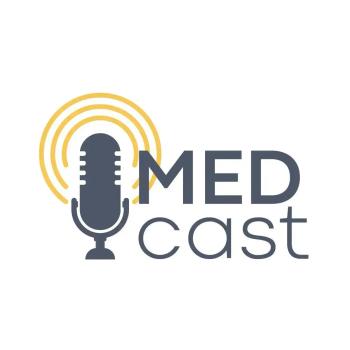
Dyskinesia and Patient Communication in Parkinson Disease
Panelists discuss how early recognition of dyskinesia symptoms, ongoing patient-clinician communication, and individualized treatment strategies are key to effectively managing Parkinson disease and improving patients’ quality of life.
Summary for Physicians:
This MEDCast presentation focuses on the management of dyskinesia in Parkinson disease (PD) and effective patient communication. The discussion covers key aspects of diagnosing, treating, and managing dyskinesia in patients with PD, with an emphasis on improving patient-clinician communication.
Key Points:
- Timing of Dyskinesia Onset: Patients with PD may begin to experience dyskinesia as a complication of long-term treatment, especially after prolonged use of levodopa. Early recognition of symptoms is crucial for timely intervention.
- Patient Communication: Clinicians should initiate discussions about dyskinesia early in the disease progression and continue to address it as the condition evolves. Open and ongoing communication helps ensure that patients understand the symptoms and treatment options.
- Impact on Quality of Life: Dyskinesia can significantly impair daily activities, cause discomfort, and reduce mobility. Untreated or poorly managed dyskinesia can lead to long-term complications, such as increased caregiver burden and reduced patient independence.
- Recognizing Dyskinesia Symptoms: Due to the variability in presentation, clinicians should educate patients on recognizing different types of dyskinesia, such as choreiform movements or dystonic posturing, to allow for better management and treatment adjustments.
- Facilitating Open Discussion: Creating a supportive environment where patients feel comfortable discussing their symptoms is important. Clinicians should encourage patients to report changes in movement, enabling timely adjustments to treatment plans.
- Current Standard of Care: The standard approach to managing dyskinesia involves adjusting PD medications and using adjunct treatments such as amantadine extended-release capsules. Deep brain stimulation may also be considered for certain patients. Regular reassessment of treatment efficacy is necessary.
- Monitoring Treatment Efficacy: Regular follow-up visits are essential to assess the effectiveness of dyskinesia management. Tools such as the Modified Abnormal Involuntary Movement Scale can help clinicians objectively measure dyskinesia severity and guide treatment adjustments.
- Improving Long-Term Management: Effective long-term management requires individualized care, continuous monitoring, and clear communication between patients and health care providers. Consideration of newer therapies and adjusting treatment regimens are essential for optimizing care.
In summary, addressing dyskinesia early, maintaining clear communication, and utilizing appropriate treatment options are essential strategies for improving the quality of life for patients with PD.
Newsletter
Keep your finger on the pulse of neurology—subscribe to NeurologyLive for expert interviews, new data, and breakthrough treatment updates.



















